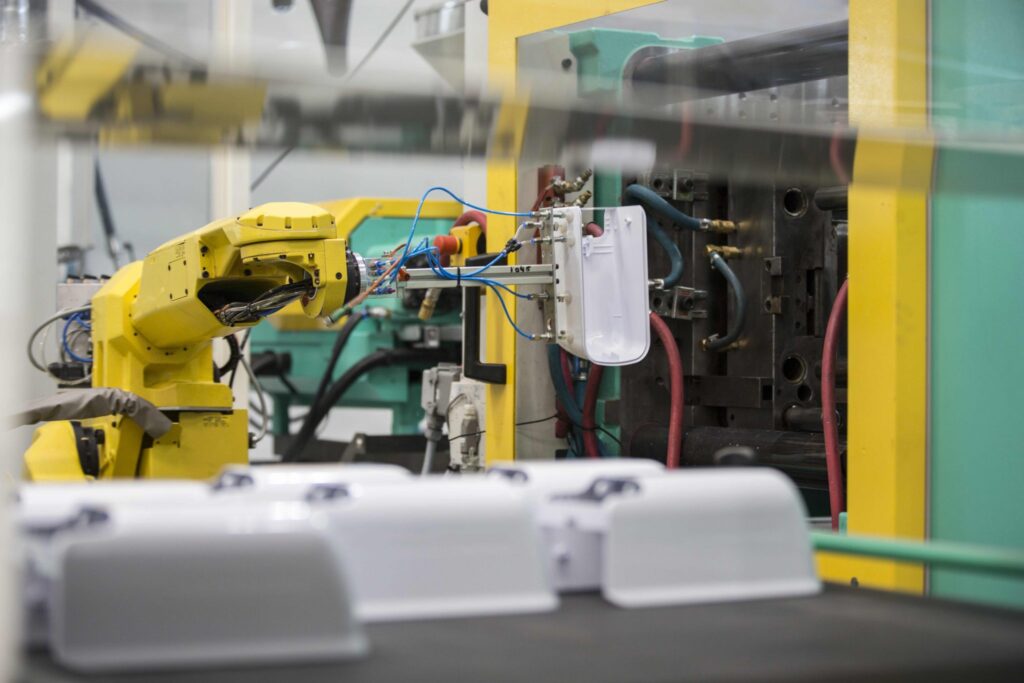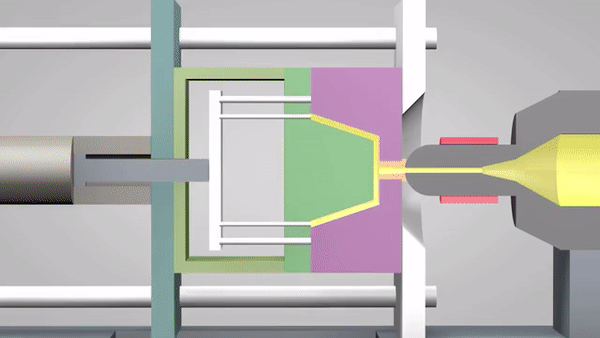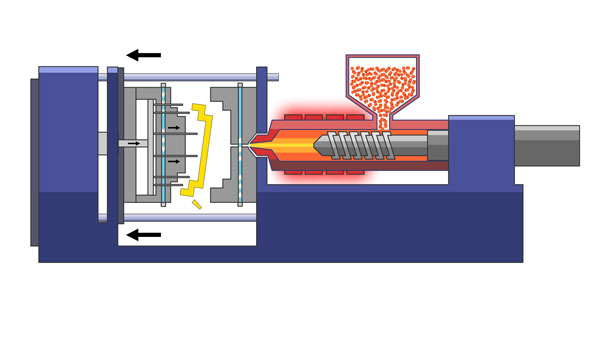The 10-Second Trick For Mfgs
Wiki Article
Hon Hai Precision - An Overview
Table of ContentsThe 15-Second Trick For Die CastingThe Of Additive ManufacturingTop Guidelines Of OemAbout OemWhat Does Manufacturing Mean?The Best Strategy To Use For Lean Production
The text on this page is an example from our complete White Paper 'Injection Moulding for Buyers' - * Sample text * - for complete overview click the download button above! Intro This guide is meant for people who are wanting to source plastic mouldings. It gives a much needed understanding right into all that is included with producing plastic components, from the mould tool needed to the moulding procedure itself.If you intend to discover additionally, the overview covers sorts of mould devices, along with unique ending up processes such as colours & plating. Words that are underscored can be discovered in the glossary in the appendix ... Component I: Moulding: The Fundamentals The Advantages of Shot Moulding Plastic shot moulding is a very specific process that offers numerous benefits over other plastic handling approaches.
Accuracy is perfect for extremely detailed parts. You can hold this moulding in the hand of your hand and also it has bosses, ribs, metal inserts, side cores and openings, made with a sliding closed off function in the mould device.
What Does Lean Production Do?


The 7-Second Trick For Manufacturing Industries
from material feed & melting; material injectionProduct cooling time and ejection to the re-closing of the mould tool ready for prepared next cycle. Draft angles - The wall surfaces of a moulded part ought to be slightly tapered in the direction in which the part is ejected from the mould device, to allow the part to be ejected quickly.Ejector stroke - The pressing out of ejector pins to expel the moulded component from the mould device. Ejector stroke rate, length and timing needs to be thoroughly regulated to avoid damages to the ejectors and mould device, yet at the exact same time make the moulding cycle as brief as feasible.

See This Report about Plastic Manufacturing
Ribs - When a plastic part has thin walls, ribs are added to the design to make the thin walls more powerful Side cores - Side action which creates an attribute on a moulded component, at an opposing angle to the normal opening instructions of the mould tool. manufacturing industries. The side core requires to be able to retract as the plastic part can not be expelled or else.
Wall surfaces - The sides of a moulded part The message on this page is an example from our full White Paper 'Shot Moulding for Customers'.
Production process for creating parts by infusing production engineering liquified material right into a mould, or mold Streamlined representation of the process Shot moulding (U.S. punctuation: shot molding) is a manufacturing process for producing components by injecting liquified material into a mould, or mold and mildew. Shot moulding browse around these guys can be performed with a host of products primarily consisting of metals (for which the procedure is called die-casting), glasses, elastomers, confections, as well as most commonly thermoplastic as well as thermosetting polymers. Injection moulding is commonly made use of for manufacturing a range of parts, from the tiniest elements to whole body panels of cars and trucks. Advancements in 3D printing technology, utilizing photopolymers that do not melt during the injection moulding of some lower-temperature thermoplastics, can be used for some basic injection moulds. Injection moulding utilizes a special-purpose maker that has 3 components: the injection system, the mould and the clamp.
Get This Report on Additive Manufacturing
Refine attributes [edit] Injection moulding uses a ram or screw-type bettor to compel molten plastic or rubber product right into a mould cavity; this solidifies right into a shape that has actually complied with the shape of the mould. It is most generally made use of to process both thermoplastic and thermosetting polymers, with the quantity use the previous being substantially higher.: 13 Thermoplastics prevail as a result of qualities that make them extremely appropriate for injection moulding, such as simplicity of recycling, convenience for a variety of applications,: 89 and also ability to soften and stream on home heating.In multiple tooth cavity moulds, each tooth cavity can be similar and also create the exact same components or can be one-of-a-kind as well as create numerous different geometries throughout a solitary cycle.
When enough material has gathered, the material is forced at high stress as well as rate right into the component developing cavity. The exact amount of contraction is a function of the resin being utilized, and can be reasonably foreseeable. To stop spikes in pressure, the process normally uses a transfer setting representing a 9598% full cavity where the screw changes from a consistent velocity to a continuous pressure control.
Some Known Questions About Manufacturing Industries.
When the screw reaches the transfer placement the packing stress is used, which completes mould dental filling and also compensates for thermal contraction, which is quite high for thermoplastics about many other products. The packaging stress is applied until the these details gateway (dental caries entry) solidifies. Because of its little size, the entrance is generally the top place to solidify via its whole thickness.: 16 Once the gate solidifies, say goodbye to product can get in the tooth cavity; as necessary, the screw reciprocates and gets product for the following cycle while the product within the mould cools down so that it can be expelled and be dimensionally steady.Report this wiki page